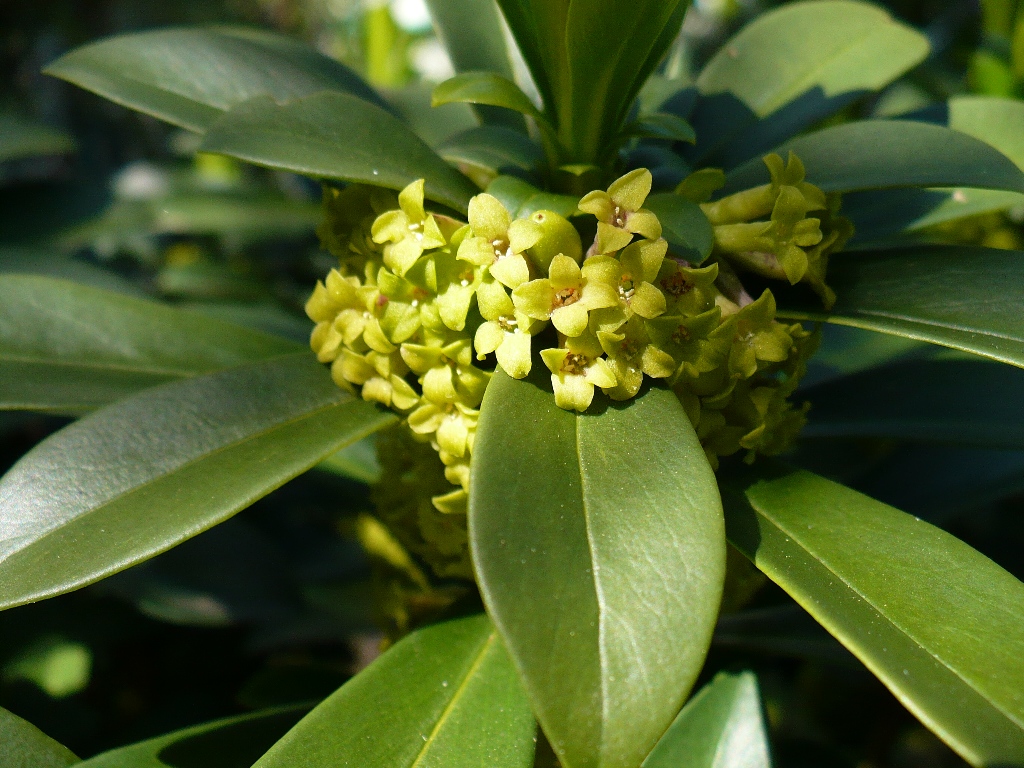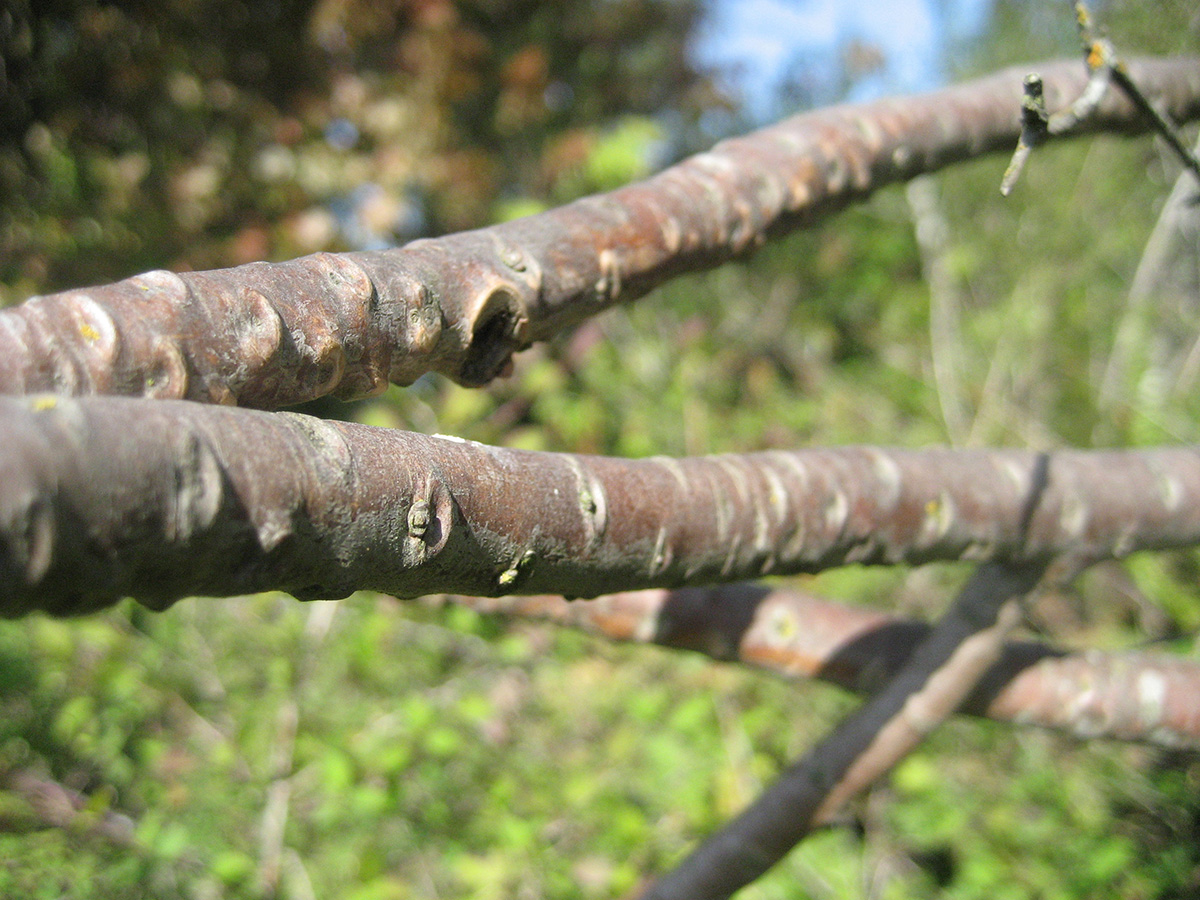Spurge laurel identification and control
Daphne laureola (Thymelaeaceae family)

Spurge laurel, a non-regulated Class B noxious weed, is a slow-growing, shade-tolerant, long-lived evergreen shrub from Europe and the Mediterranean region that has escaped from gardens and naturalized in woodlands and other shady places. Spurge laurel can grow in a wide range of conditions, but it thrives in full to partial shade and well-drained soils. Its primary means of spread is by birds and rodents eating the berries, although it can also spread vegetatively by root sprouts. The berries, leaves, and bark are poisonous to humans, cats, and dogs. Handling the plant can cause contact dermatitis. Once established, this plant is very difficult to eradicate.
Legal status
Spurge laurel is a non-designated Class B noxious weed in King County. Control is recommended but not required. Outside of King County, spurge laurel is required for control in counties where it is more limited in distribution, including several nearby counties including Snohomish, Pierce, Thurston, Skagit and San Juan. See the website of the Washington State Weed Board for more details on designation areas. For more information about noxious weed regulations and definitions, see Noxious weed lists and laws.
Impacts and distribution
Spurge laurel is a serious threat to certain native forest ecosystems particularly Garry oak woodlands and dry Madrone/Douglas fir forests in the San Juan Islands and coastal British Columbia. In King County, most of the escaped populations are small, scattered and primarily in urban parks, but it does sometimes create larger stands that can have a significant impact on understory vegetation.
Identification

This shrub is usually found growing in isolated clumps but it is capable of forming large, dense monotypic stands in some cases. The form of the plant looks somewhat like a small tree, 2 to 4 feet tall, with the leaves densely whorled near the top of the stem. Leaves are very dark green, shiny, smooth and thick. The twigs are stout and have a strong odor when cut. The flowers are small and inconspicuous, light green with orange stamens, in clusters of 2 to 10 at the base of the leaves, and particularly fragrant at night when they attract moths. The fruits are poisonous, one-seeded, oval, black berries. Flowering occurs from late January to late March or early April, followed by berries in early summer.
Control
Caution: Due to the irritating toxins in the sap, fruit and leaves, wear gloves and other protective clothing when removing or cutting spurge laurel.
Seedlings and young plants can be hand-pulled. Larger plants can be pulled with a weed wrench or similar tool but all of the root should be removed to avoid re-growth from root sprouts. After pulling, the area should be monitored for new seedlings and covered with a deep mulch.
For large populations it might be more cost-effective to use mechanical methods. Plants up to three years old can be controlled fairly effectively (up to 95% mortality) with a weed whip or similar tool by cutting the plant close to the ground level. Older plants should be cut below the soil line to minimize resprouting. Volatile plant toxins may be released during cutting, so protective gear is recommended.

Additional information on spurge laurel
- Washington State Noxious Weed Control Board (external link)
- Burke Museum of Natural History-University of Washington Herbarium
- Cal Photos
What to do if you find this plant
Because spurge laurel is so widespread, property owners in King County are not required to control it and we are not generally tracking infestations. We can provide advice on how to control spurge laurel, but there is generally no legal requirement to do so.
Spurge laurel photos








Related information
Related agencies
Program offices are located at 201 S. Jackson St., Suite 600, Seattle, WA 98104. To contact staff, see the Noxious Weed Control Program Directory, send an email, or call 206-477-WEED (206-477-9333).

 Translate
Translate